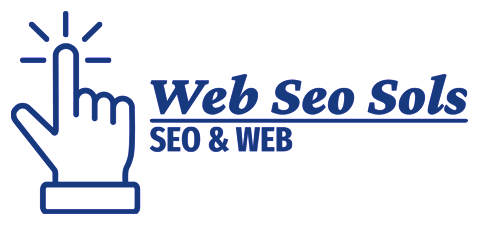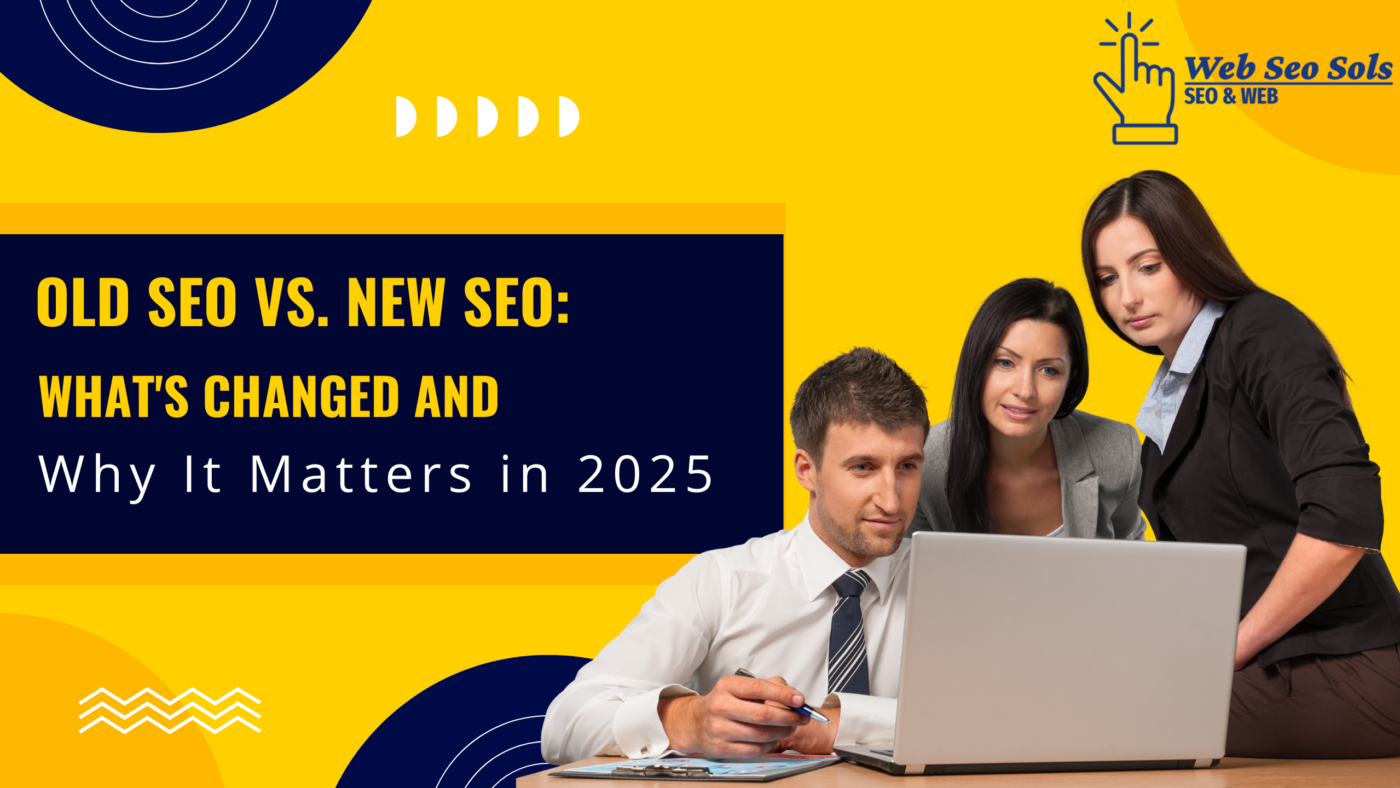The field of search engine optimization (SEO) has undergone a seismic shift over the past decade, fundamentally altering the strategies employed by digital marketers and website owners. As we approach 2025, the differences between old SEO and new SEO have become starkly pronounced, revealing a transition from primitive keyword stuffing and backlinks manipulation to a sophisticated, user-centric approach. Understanding these changes is crucial for businesses hoping to maintain visibility in an increasingly competitive online landscape.
Old SEO: Quantity Over Quality
Historically, old SEO practices were heavily reliant on technical metrics and algorithms. The primary focus was on optimizing for search engine crawlers rather than the end-user experience. Keyword density, backlink quantity, and meta tags dominated the optimization checklist. Rankings could often be influenced through quick-fix techniques like black-hat SEO tactics, including cloaking and spammy link-building practices. Such strategies prioritized short-term gains over sustainable success, breeding a culture of manipulation that ultimately detracted from the quality of online content.
The Rise of Intelligent Search Algorithms
As search engines evolved, propelled by advancements in artificial intelligence (AI) and machine learning, the landscape began to shift. Google’s introduction of algorithms like Rank Brain and BERT set a new precedent. These systems aimed to interpret user intent with greater accuracy, moving past mere keywords to understand context and semantics. In this context, the new SEO paradigm recognizes the importance of high-quality content that addresses user needs holistically, creating a more valuable and rich experience on the web.
User Experience (UX): The New Cornerstone of SEO
User experience has ascended to a position of paramount importance in the realm of new SEO. Page load speed, mobile-friendliness, and accessibility now significantly influence search engine rankings. A focus on Core Web Vitals, for instance, reflects Google’s commitment to surface sites that not only provide quality information but also ensure a seamless user interaction. As we move into 2025, optimizing for UX has become as critical as optimizing for keywords, reflecting a broader shift towards user satisfaction as a key metric for success.
Voice Search and Natural Language Evolution
The rise of voice search and smart devices has also been instrumental in reshaping SEO practices. With an increasing number of users turning to voice-activated devices, the landscape has seen a marked change in search queries. Conversational phrases and long-tail keywords are now indispensable for an effective SEO strategy. In response, businesses must adapt their content to match the natural language preferences of users, emphasizing the need for more articulate and engaging material that answers questions directly rather than through keyword-laden prose.
The Integration of Social Media and SEO
The emergence of social media and its integration with SEO underscores a broader, more interconnected approach to digital marketing. Old SEO strategies often viewed search engines and social platforms as distinct silos. However, as consumer behaviour has evolved, so too has the methodology for driving traffic and engagement. New SEO recognizes the significant role that social signals play in influencing search rankings. Businesses are increasingly leveraging multi-channel strategies to capture user attention across various platforms.
Conclusion: Adapting to Thrive in the New SEO Era
As we survey the expanse of changes in SEO practices, it is imperative to understand the implications for marketers and businesses alike. The years leading up to 2025 have highlighted the necessity of cultivating an environment that prioritizes authenticity, transparency, and value. As search engines continue to refine their algorithms, businesses that cling to outdated models may find themselves progressively marginalized, struggling to attract visitors in a world that rewards innovation and user-centric perspectives.
In conclusion, the evolution from old SEO to new SEO represents not just a change in tools and techniques. But a fundamental rethinking of what it means to connect with users in a digital age. The shift towards quality content, user experience, and multi-faceted engagement strategies underscores the importance of adapting to an ever-changing digital landscape. As we move toward 2025, understanding these transformations will be crucial for any organization aiming to thrive in the competitive realm of online visibility.
If you’re looking for expert guidance in navigating the complexities of modern SEO, Webseosols is here to help. With proven strategies tailored for 2025 and beyond, Webseosols specializes in driving organic growth, enhancing user experience, and building powerful digital visibility. Let us help you thrive in the new era of SEO.


Add a Comment